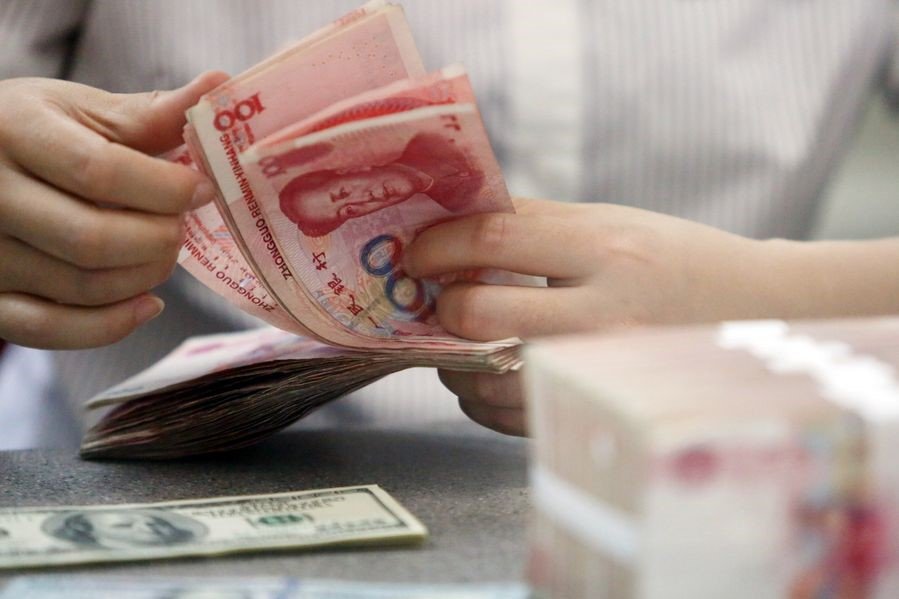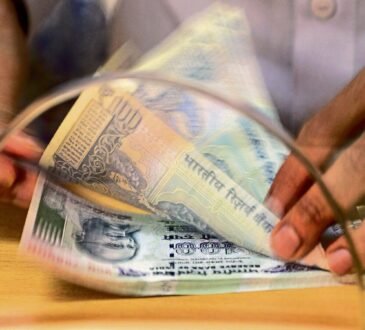
China’s much-anticipated fiscal stimulus package could amount to somewhere around 10 trillion yuan ($1.4 trillion), which would represent reasonable and moderate funding to address the most immediate issues facing the world’s second-largest economy, policy researchers and advisers said.
They underlined the need for policymakers to avoid any overly massive stimulus that could come at a heavy cost, but instead advance deeper, wider reforms along with the stimulus package to secure a more sustainable transition in growth drivers.
Sheng Zhongming, a research fellow at CF40 Institute, affiliated with the China Finance 40 Forum think tank, said China must confront the key structural issues of local debt risks, government outstanding payables to businesses, real estate concerns and the recapitalization needs of banks.
Effectively addressing these issues will require at least 10 trillion yuan in additional public funds over several years, Sheng said, adding that he anticipates an annual debt swap program of around 2 trillion yuan, with a cumulative total of 5 to 6 trillion yuan required to substantially reduce the debt load in heavily indebted regions.
Charlie Zheng, chief economist at Samoyed Cloud Technology Group Holdings, said that a fiscal stimulus package of around 10 trillion yuan may be essential in 2025 to tackle the key issues highlighted by the finance minister.
The proposed package, which could be financed by ultra-long-term special treasury bonds, would primarily focus on local debt swaps and bank recapitalization, while alleviating the property sector’s challenges and supporting people in difficulties, Zheng said.
However, he emphasized that China should not rely solely on stimulus measures to revive the economy, warning of the potential for high inflation and an imbalance between the State-owned and private sectors that could result from overreliance on government spending.
China must advance reforms to boost the private economy at the same time, Zheng said, urging policy clarity for private entrepreneurs that any business is permissible unless prohibited by law, while explaining to government officials that any governmental behavior is infeasible without legal authorization.
Discussions of the size of China’s stimulus package heated up after Finance Minister Lan Fo’an said on Saturday that the country plans to increase the debt limit by a large scale and replace local government hidden debt, while recognizing there is “relatively large space” for the central government to raise debt and increase the deficit.
The market is waiting for the Standing Committee of the National People’s Congress — the country’s top legislature — to convene in late October or early November to approve the specifics of the plan.
Gong Liutang, a professor of applied economics at Peking University’s Guanghua School of Management, said that if the stimulus package comes to about 10 trillion yuan, it won’t be “overly aggressive” given that China’s annual GDP has reached 126 trillion yuan.
“The key is for the government to comprehensively communicate with the public regarding details of the package as soon as possible so as to provide more certainty to the market and ensure a steadier recovery in confidence,” said Gong, who is also a member of the 14th National Committee of the Chinese People’s Political Consultative Conference, the country’s top political advisory body.
Compared with the stimulus program initiated in 2008, Gong said the latest round of policy buffer should focus more on enhancing consumption and preventing resource misallocation, with increased spending on education, healthcare and social protection, as well as subsidies for low-income and unemployed individuals.
Upon the recent bigger-than-expected policy stimulus announcement, Goldman Sachs has raised its forecast for China’s real GDP growth from 4.7 percent to 4.9 percent this year and from 4.3 percent to 4.7 percent in 2025.
“The Chinese government has clearly made a turn on cyclical policy management and increased its focus on growth,” a Goldman Sachs report said, adding that a significant policy offset is needed next year due to the property market’s lingering drag on GDP growth and the possibility of slowing export growth.





